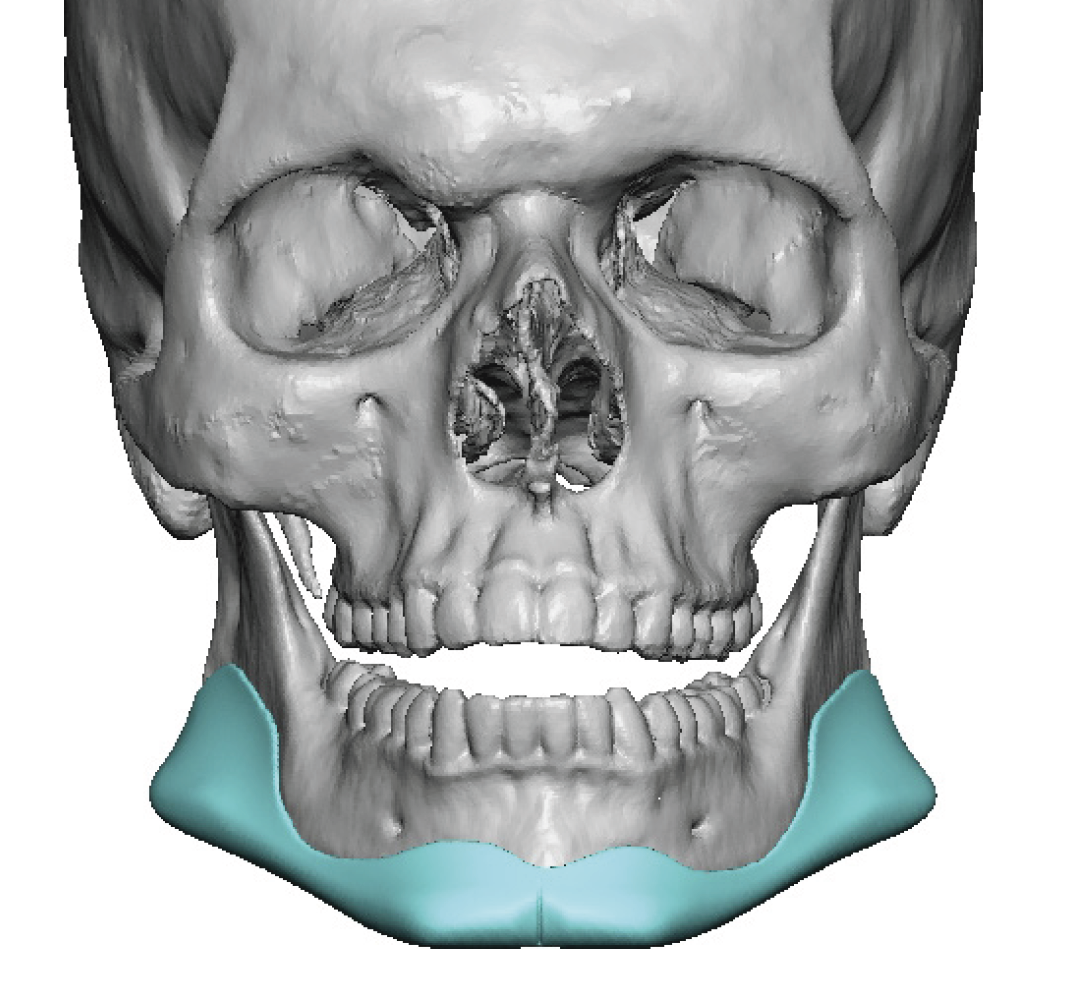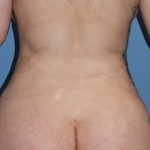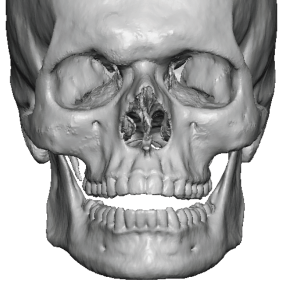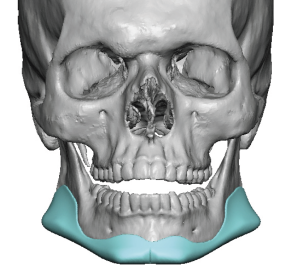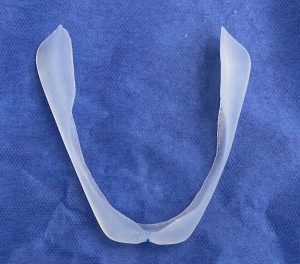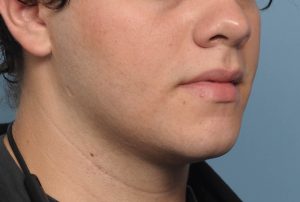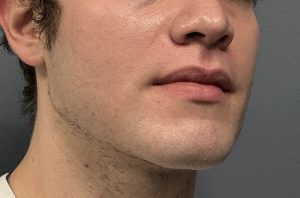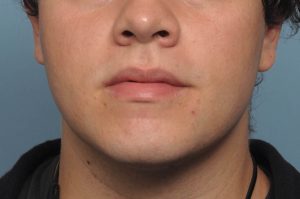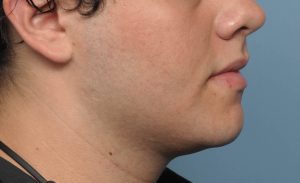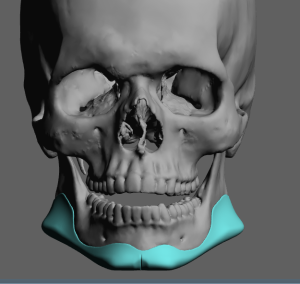Background: The definitive augmentation method of the lower face is the custom jawline implant. While chin implants were the original jaw augmentation technique and are still the most common facial implant used their effects are limited to the anterior 1/3 of the lower face and their effects best seen in the profile view. Sometimes patients start off with a chin implant as that may be the lower facial deficiency that they see or what has been recommended to them but some evolve to consider a more complete jaw augmentation method later.
While chin implants have a long clinical history it is now common to see patients requesting a custom jawline implant as their initial jaw augmentation method. Because of online awareness they recognize that a more complete lower facial enhancement is desired. Designing a custom jawline implant in the primary augmentation patient is as much as art as it is a science. There is no current method of knowing what the exact aesthetic effects are of any given jawline implant dimension. But there is a method to a jawline implant design which consists of creating seven (7) dimensions, three for the chin, three for the jaw angles and how the three corners are to connect. And with enough experience in doing it the art becomes a bit more science.
In creating a custom jawline implant design the initial question is what is the ratio of chin vs jaw angle augmentation. Some patients have a decent chin and need more jaw angle augmentation. For others it may be the opposite. And in many they may need an overall jaw augmentation. But one component of a large surface area coverage facial implant often overlooked is its volume. Calculating the implant volume as part of the design process helps one understand the magnitude of its impending augmentation effects.
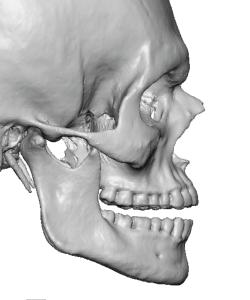
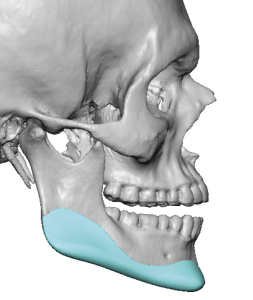
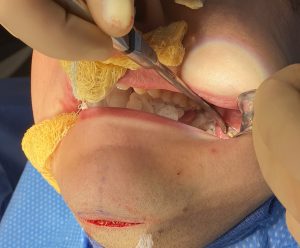
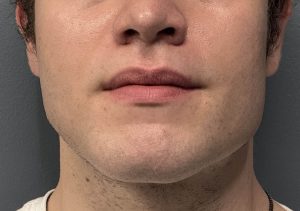
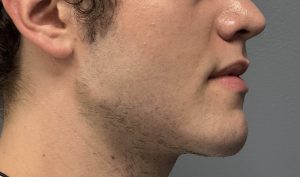
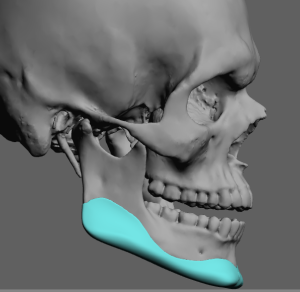
Key Points
1) A more defined and stronger jaw appearance is typically the standard goal of the male custom jawline implant patient.
2) Three are seven dimensions that need to be set in the custom jawline implant design which is different for each patient.
3) A strong jawline result is as much a reflection of its volume as any specific dimension.
Dr. Barry Eppley
World-Renowned Plastic Surgeon

